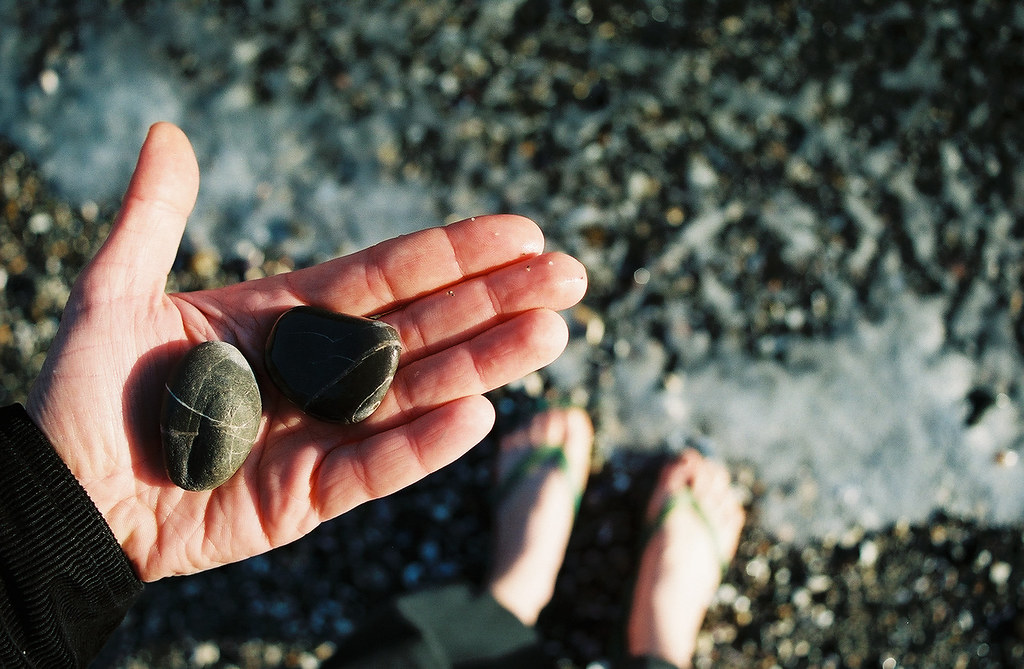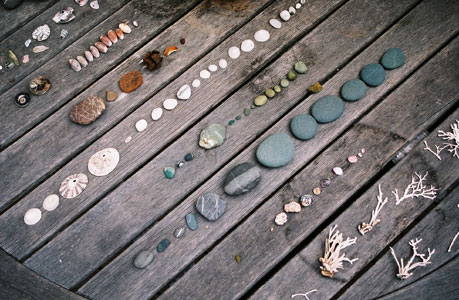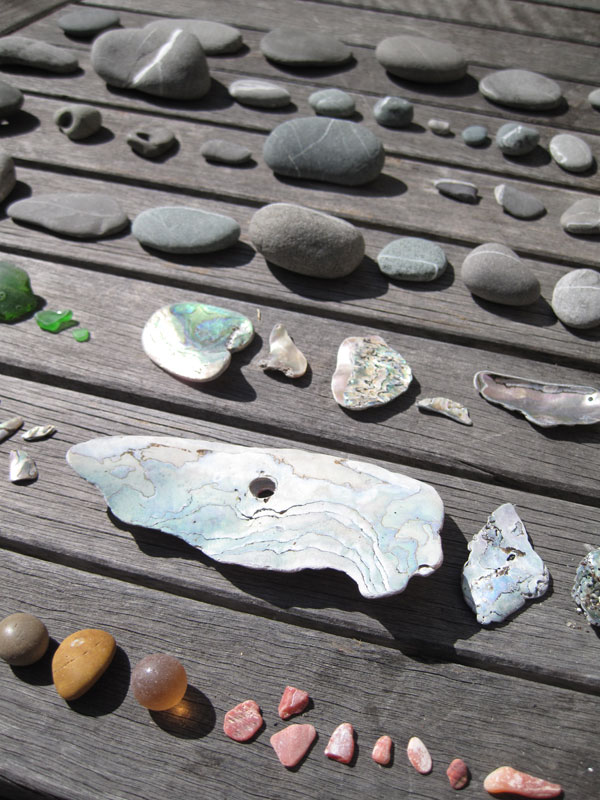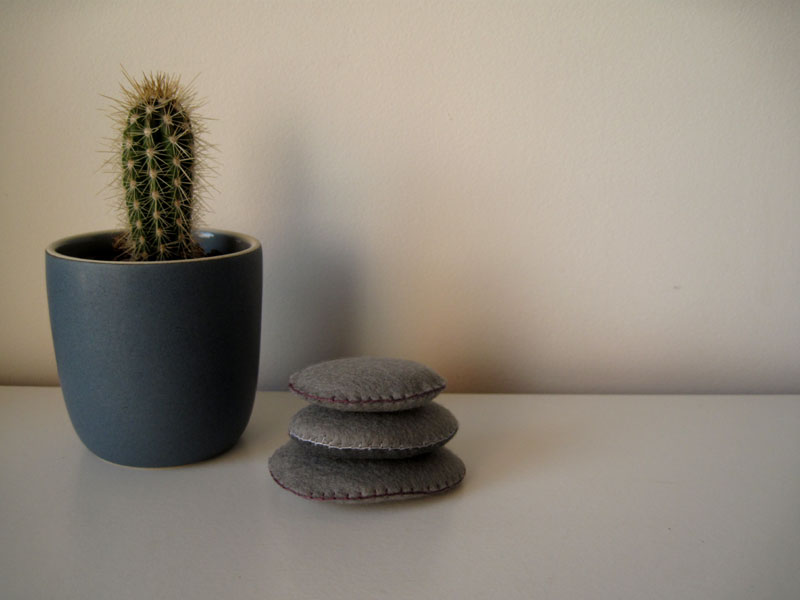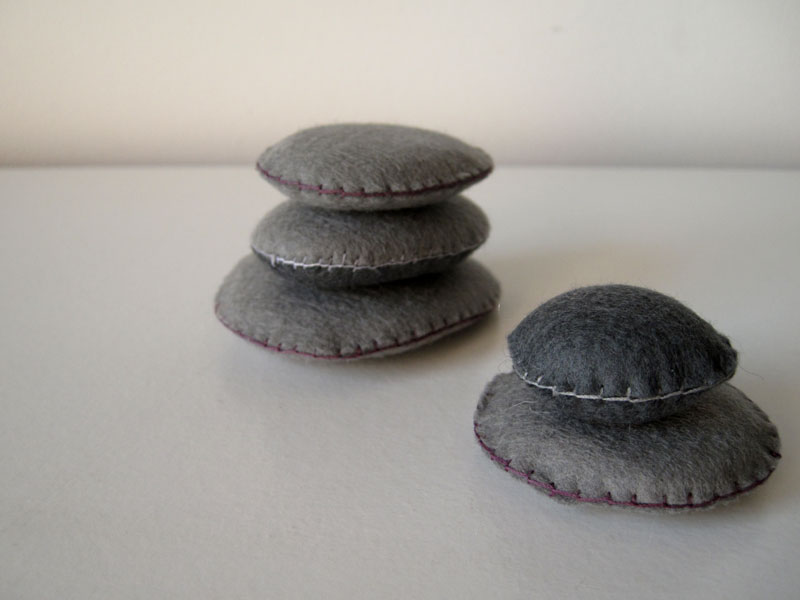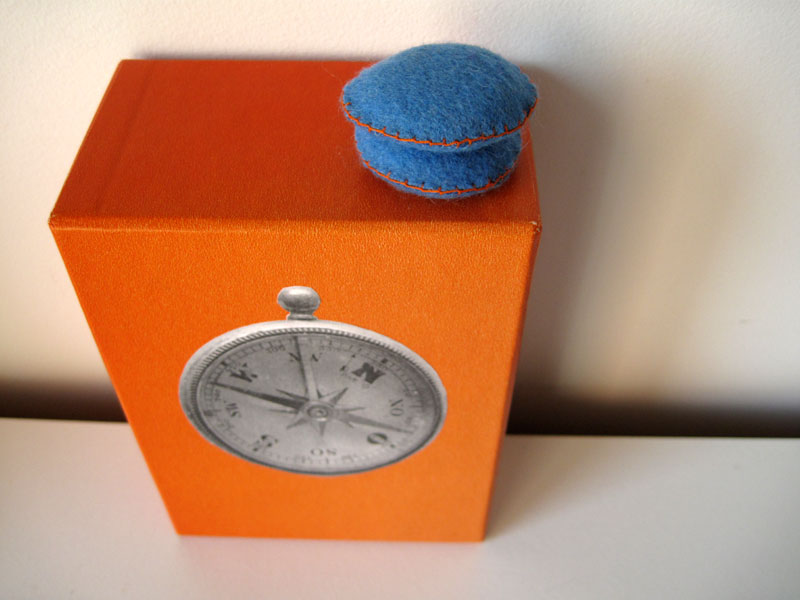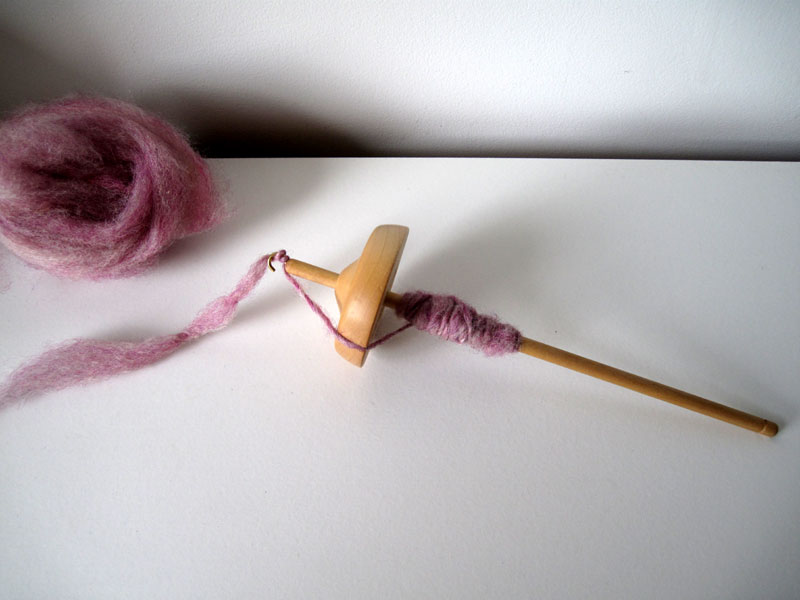
(* = crochet, embroider, etc.)
I was a little girl growing up in Southern California when my mother taught me to knit. Living in Southern California where the temperature rarely dropped below 70 degrees, did not inspire me to become an avid knitter. It was not until I moved to North Carolina, befriended
an environmentalist, and started
stitch-n-bitch chapel hill that I truly became the knitter I am today. Aside from a knitter, I am an ecologist, and at the time I was doing research on organic farms on
cabbageworms. It was a combination of my involvement with the organic farming community and the amazing activist girls of my stitch-n-bitch that lead me to thinking green.
So why knit* green? Well, one of our greatest powers as individuals is our power of purchase. The demand for higher environmental standards have, at least in part, brought about the increase in organic products at your market, and the higher production of fuel-efficient cars. Why not put that same pressure on the textile industry as
dutch girl suggested in her earlier
sew green post ?
Here are a few facts, guidelines and suggestions on how to knit* greener that I have accumulated through my years as a knitter and ecologist:
Knit* Local.This is a similar principal to
buying your fruits and vegetables from local growers. Although the statistics are not available on the cost of transporting yarn, large amounts of fossil fuels are used to get products to you. It is estimated that food products travel 1,500 miles before being consumed (
Heller & Keoleian). How far do you think yarn travels? One would imagine, since a large proportion of yarn comes from countries outside of N. America and Europe, that the mileage might be even higher for yarn. The closer the farm is to you, the less fossil fuel used. Check out your local farmers market or
sheep and wool festival (google it for festival near your town) to find out where to get yarn close to home. Not only are you knitting* greener, but you are also supporting small independent farmers and artisans.
Knit* Recycled.Local yarn can be very expensive. Some of us don’t have that kind of money to spend on being greener, so an alternative is using what has already been produced and transported. This requires a different perspective on knitting* since you can’t necessarily plan on what to knit*, but rather let the yarn inspire you. There is no doubt this could lead to incredibly
creative projects! I am always amazed at how much yarn ends up at thrift stores (think about your own stash of yarn). Sometimes you can find very nice yarn and lots of it. Admittedly a huge proportion of the yarn I find is acrylic - but that can be used for a blanket or baby clothes that need to be washable. Another alternative is find and unravel a wool product like a sweater that may be perfectly hideous but is knit out of beautiful yarn. There are some great articles about recycling old sweaters for new projects
here,
here, and
here. You can also use old cotton sheets or t-shirts ripped in strips to knit* a
rug, or plastic shopping bags to knit* a sturdy
shopping or
tote bag. Hell, you can even knit* yourself
a 1950s outfit!
Knit* AlternativeMore and more yarn companies are offering eco-friendly (and animal-friendly) wool yarns (including my beloved
cascade yarns). These are generally yarns that are not dyed, or that are acquired using sustainable and/or humane farming practices. But for those who want to avoid wool altogether, there are now a number of yarn alternatives on the market made from organic or alternative fibers. It is important to be aware that classic alternatives to wool yarn are
neither sustainable nor eco-friendly (see below).
What about Acrylic and Cotton?Acrylic yarn is made from
acrylonitrile, which is considered an environmental pollutant and hazardous to human health (more info.
here and
here). Producing acrylic is a highly chemically-dependent industry and produces pollutants, such as the organic solvents N,N-dimethylmethanamide and sodium thiocyanate,
vinyl acetate, and
methyl acrylate .
Avoid yarn made from conventionally grown cotton because of the industry’s dependence on pesticides (“…nearly $2.6 billion worth of pesticides -- more than 10% of the world's pesticides and nearly 25% of the world's insecticides,” according to the
Pesticide Action Network North America). Seek out organic cotton alternatives, such as
Blue Sky Alpacas or
Green Mountain Spinnery.
What’s the Alternative?Its amazing what you can knit* with nowadays. There are numerous alternatives to wool, cotton, and acrylic for eco-friendly and animal-friendly knitters. Including
silk (note: silk does kill silkworms/caterpillars),
soy,
bamboo (but see comments on post),
corn,
hemp & nettle! Check out more options
here and
here.

Six years later and 5 hours north in DC, I am still studying bugs and still knitting*. Am I a greener knitter? Well... I do not knit* with hemp yarn or make recycled plastic bag rugs but I do buy most of my yarn from eco-friendly companies. I promote buying local yarn and
the DC stitch-n-bitch en mass heads to the
sheep and wool festival each May. So yes, I am getting a little greener every year. And every little green step counts.




